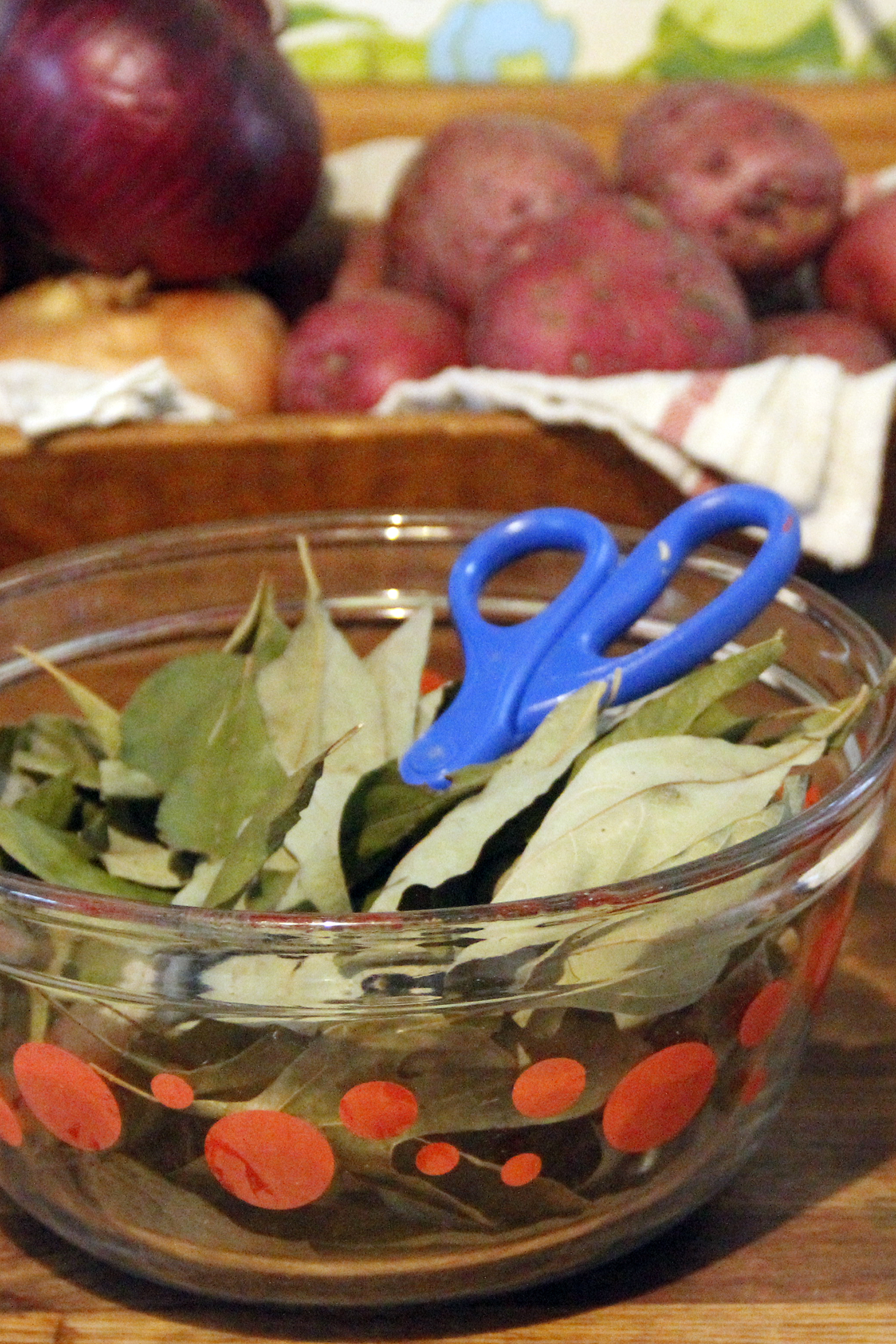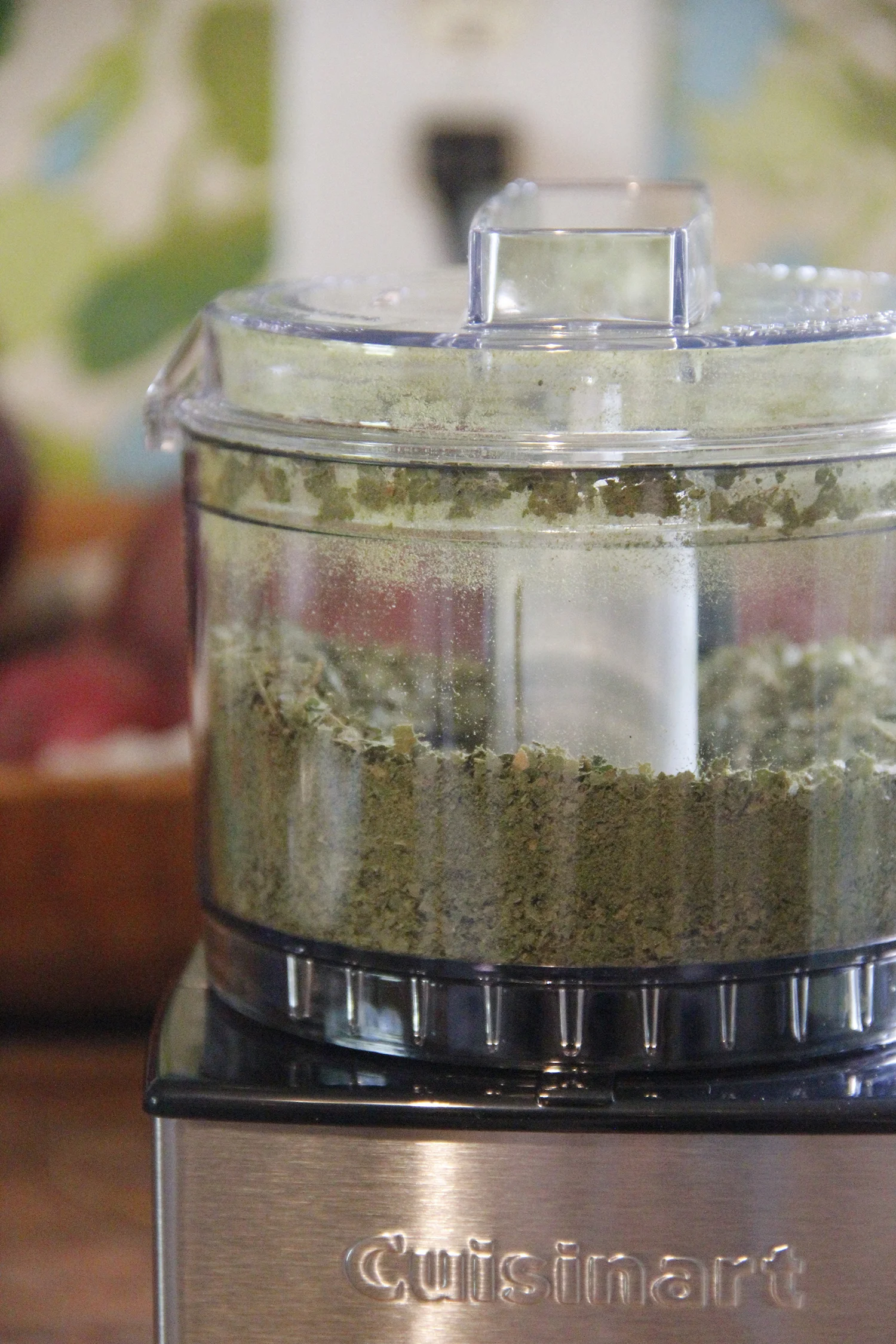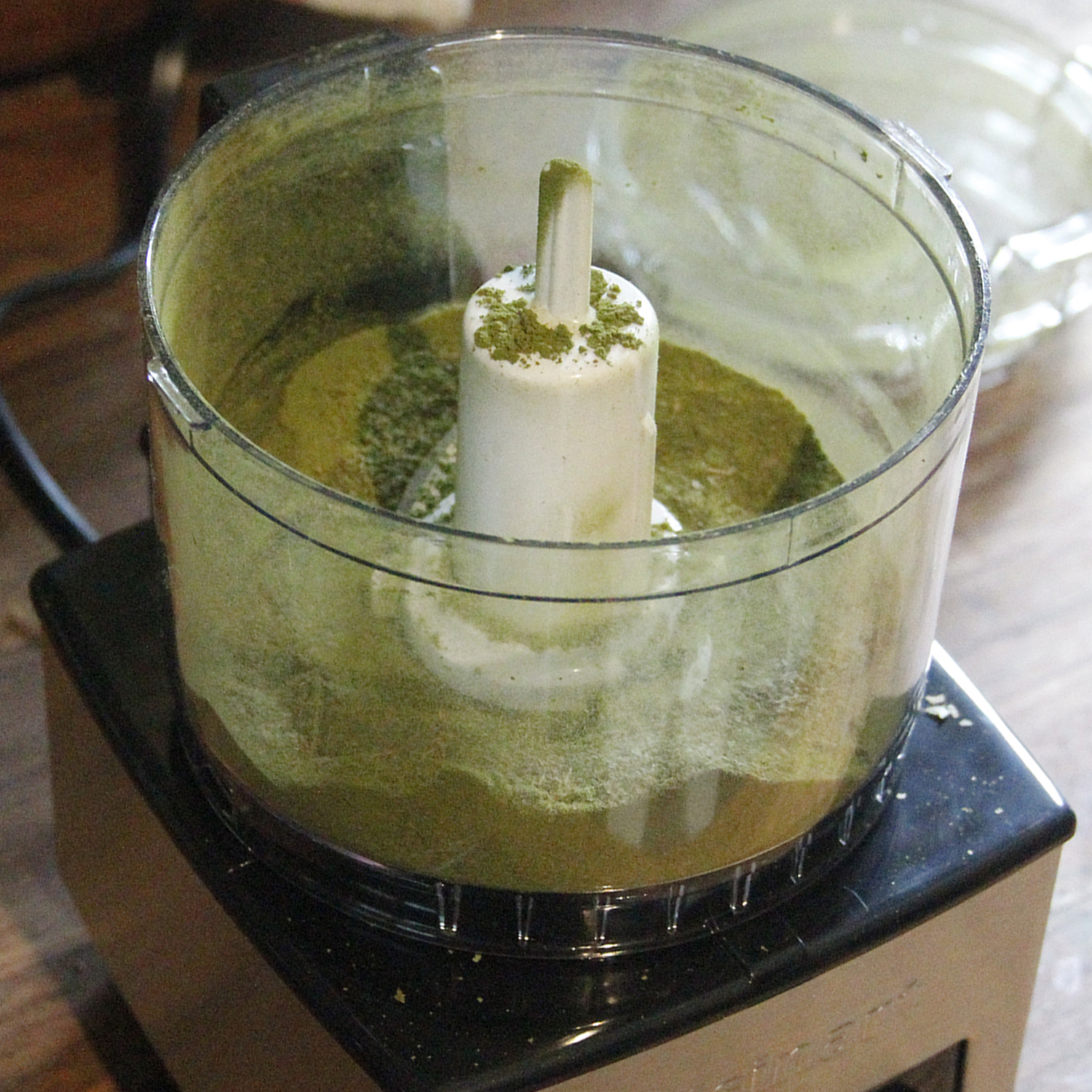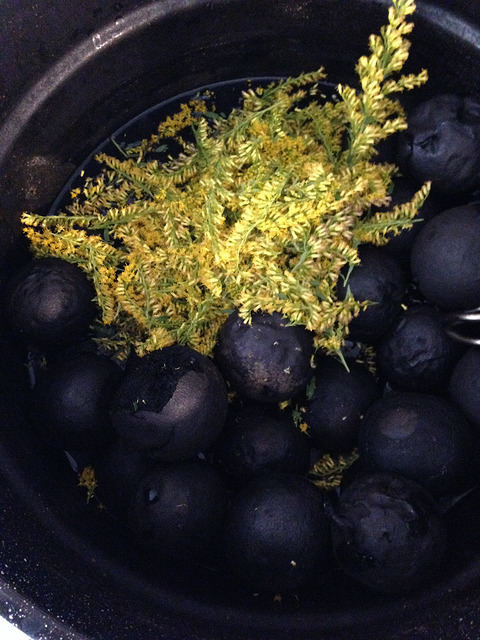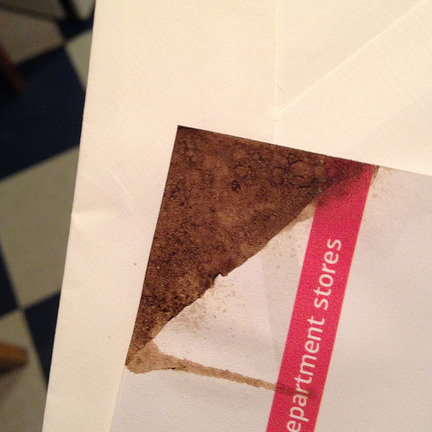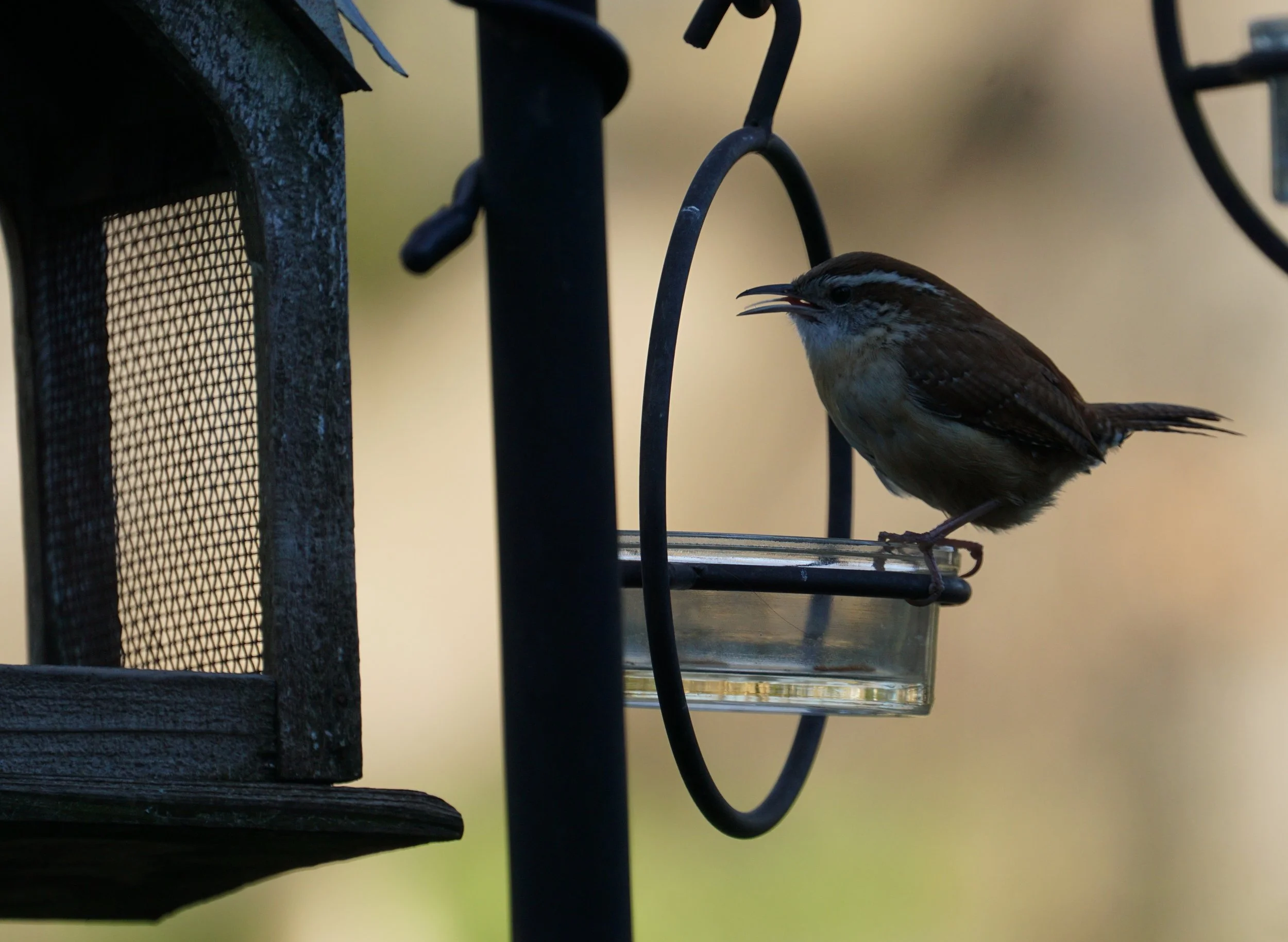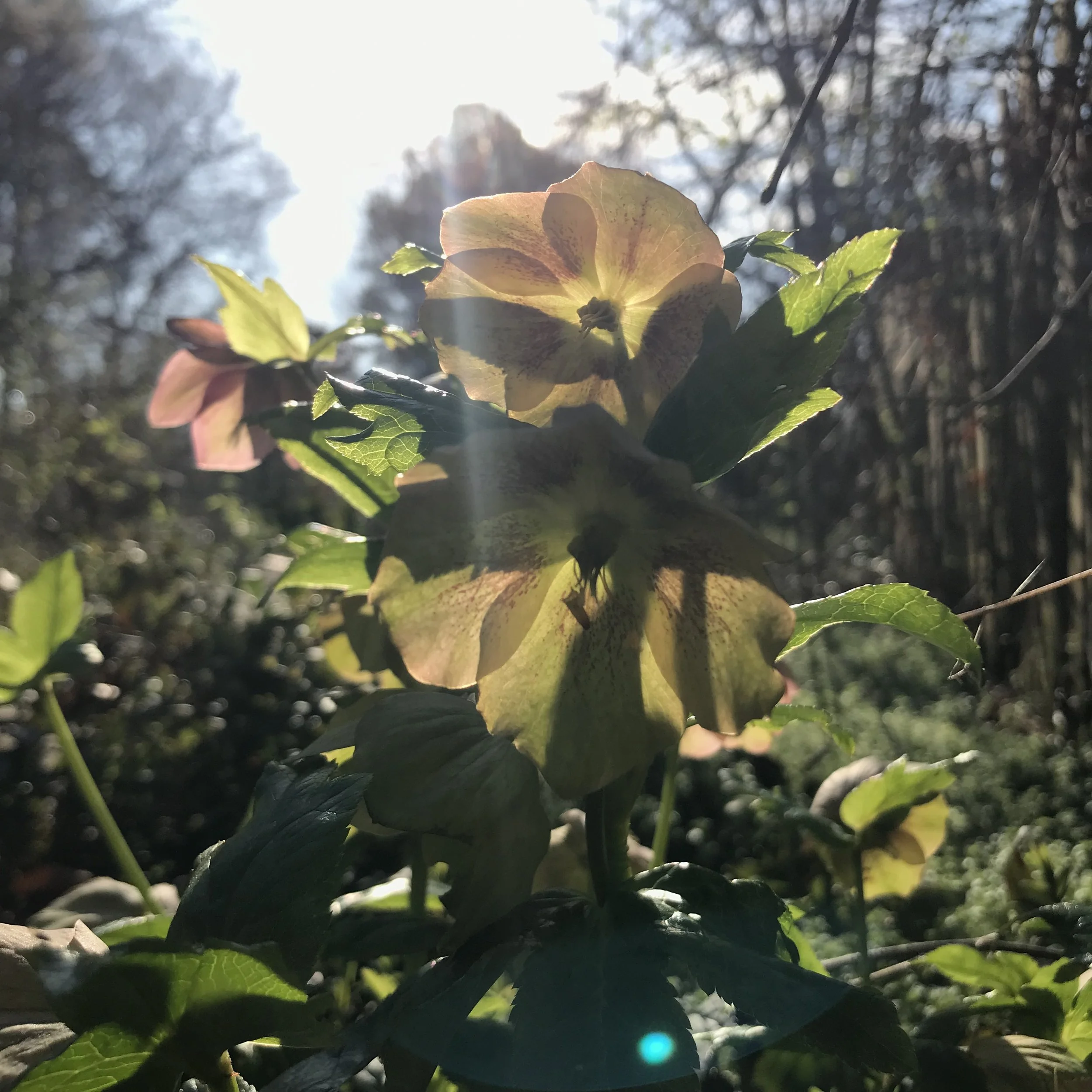Photo by Norah Burke
The Matthews Community Farmers Market has switched to winter hours, but there’s still plenty of fresh local produce to plan your week around. I stopped by with my two oldest hooligans this past Saturday looking for inspiration for the coming week. I scored an Instant Pot on Black Friday, so I’m eager to experiment with new recipes in my new toy.
Lest you think life in the Burke household is Pinterest perfect, my plans were scratched twice this week for pasta on Tuesday and Happy Meals on Thursday. Meal planning is great, but in a house as hectic as ours, flexibility is key. I also live for simple recipes that take almost no time to prepare, cook with minimal supervision, and are unlikely to be rejected by my picky eaters.
The Farmers Market Fresh Ingredients:
1 Whole Chicken, Mustard Greens, Kale, Mixed lettuce, Carrots, Bell Peppers, Butternut Squash
Photo by Norah Burke
The Plan:
Saturday: Chili & Cornbread
Dare I share my top secret chili recipe? For this one I used fresh bell peppers from the market. I “cheated” on the cornbread by using a mix.
Sunday: Teriyaki Chicken, Rice, Vegetable Medley
My first Instant Pot recipe of the week. If you don’t have a pressure cooker, you can make this recipe by marinating defrosted chicken in the sauce and baking it for ~30 minutes (consult safe cooking temperatures for chicken), or by cutting the chicken into chunks and sautéing in the sauce on the stovetop. I used a recipe from Keeping it Simple Crafts, but my family agreed the sauce was too sweet, so next time I’ll return to my own teriyaki sauce recipe:
½ cup soy sauce
2-3 Tablespoons honey
¼ cup olive oil
2 teaspoons ginger
½ Tablespoon garlic powder (or 2-3 fresh cloves, minced)
Monday: Ham & Bean Soup with Mustard Greens
Our second night in the IP. I worked from Sweet and Savory Meals’ Ham and Bean Soup recipe.
As it looked to make a LOT of soup, I halved everything. I’m not a huge soup fan, and I didn’t want to end up with a fridge full of leftovers if this was a flop. This recipe used Farmer’s Market peppers and carrots in the soup itself, and I topped it with sautéed mustard greens, also from the market. The soup was good, albeit a little thin (I guess I have a preference for stews), and the mustard greens were spicy and delicious.
Photo by Norah Burke
Tuesday: Tacos – To Pasta Night
One of those days where my husband and I are overworked, overtired, and getting colds. So plans were scrapped in favor of boiling a pot of noodles and sauce.
Wednesday: Meatloaf, Squash
I love squash. It’s my favorite winter vegetable (I’m sure some will argue that it’s not a vegetable. But it’s orange, so I’m making it count). I like to cut a squash in half, remove the seeds, and roast it at 350 degrees in a pan cut side down with 1/2” of water for 45 minutes. Then I flip it over, add a tablespoon of brown sugar and a pat of butter, and roast for another 15 minutes. Incidentally, the timing makes it a perfect companion for my meatloaf, which also takes an hour to cook.
Norah’s Super Kid Friendly No-Gross-Chunks Meatloaf:
1 lb ground beef (I use 93/7)
1/3 cup bread crumbs (I use Progresso Italian style)
1 Egg
1 Tablespoon onion powder
1 teaspoon Italian seasoning
½ teaspoon garlic powder
1 teaspoon salt
½ teaspoon black pepper
If using lean ground beef: 1 – 2 Tablespoons of olive oil
Combine all ingredients (don’t overmix), form into a loaf shape and bake in a pan (not a loaf pan, I leave it freestanding in a 6x9 glass pan) at 350 degrees for 1 hour. Refer to safe cooking temperatures to make sure it’s done.
Thursday: Leftovers to Fast food
Another one of those days, but now the cold has set in, and all the food has been so good we don’t have enough leftovers for everyone. So I took two of my children out to look at holiday lights around town and pick up Happy Meals.
Friday: Pork Roast, Braised Kale, Sweet potatoes
Using the last of my farmer’s market vegetables, tonight I’ll be braising some kale and serving it with mashed sweet potatoes and roasted pork.
That’s the week! Barring a snowstorm, I’ll be headed to the market tomorrow morning to find more fresh, local inspiration for a week of dinner.



















